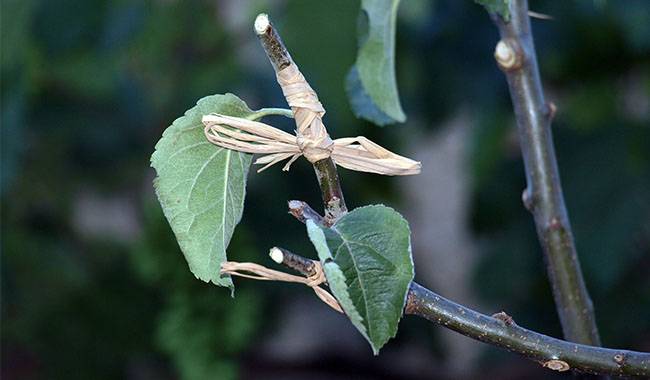
A plot of apple tree is no longer a luxury things. Apples from overseas are beautiful, but they take a long time to grow. Don’t trust the fruit which is for sale. Besides, it’s also expensive.
For this reason, gardeners increasingly prefer their own, local apples. Even if not as tasty or big as the sales one.
In this article, we will show you how to propagate apple trees by cuttings and grafting.
WHY IS IT IMPORTANT TO PROPAGATE APPLE TREES?
Unfortunately, nothing on earth lives forever. Apple trees that have served their time are reaching their maturity. And, they need to be replaced with new ones. But is it really worth running to the nursery to buy trendy varieties that no one knows how they will perform in our area?
Wouldn’t it be easier to trust the varieties that have satisfied us over the years and have them growing on-site again? What do we need for this? For this, we need to propagate our old apple trees, get offspring from them and get the former varieties back on the plot to make the owner happy.
If for some reason your apple tree is no longer suitable for propagation and your neighbor has the exact same, young and healthy variety, why not ask him to help you propagate this apple tree and plant it on your land?
HOW CAN I PROPAGATE AN APPLE TREE BY THE ROOT-PLANTING METHOD?
In fact, there are many ways. Sometimes they even take the form of splitting the tree into two or three or even four parts and pruning part of the root system and the ground system. But more often it is done in a much simpler way by grafting or perching.
But today we are going to talk about more interesting ways of propagating apple trees, propagation by cuttings and grafting. Each of these methods, as it always happens, has its advantages and disadvantages.
Let’s start our “report” with the propagation of apple trees from root cuttings. The main thing here is that the seedling should be rootstock, that is, it should be obtained from rooted cuttings or from seed sowing, that is, it should not have rootstocks at its base that have been previously grafted by summer mating (grafting from cuttings) or inoculation (budding).
If an apple sapling has not been treated with rootstock, that is, if it has a rootstock at its base and has been grafted on (in any case), then as a result of this rather labor-intensive operation you will get excellent rootstocks, and in order to get good, tasty and large apples in the future you will need to perform spring crosses or summer crosses, as we have already written about.
So, what are the benefits of the method of obtaining adult seedlings of apple trees from root cuttings? First of all, it allows you to significantly reduce the extraordinary period of obtaining these seedlings. That is if waiting for a long time is not in your plans and you have rootstock, then you have an ideal way to carry out your plans.
Also, as we mentioned in passing, the older the tree, the more difficult it is to obtain complete seedlings from rooted cuttings, for one simple reason – as the tree ages, the tree’s ability to regenerate, that is, grow or regenerate, as well as the entire root system, decreases significantly.
This is why we remind our neighbor that it might be a better idea to take material from him to produce complete seedlings. Likewise, if the apple trees he has on the plot are of the right variety for us, not old trees and rootstocks.
Important: the regeneration capacity of old trees in fruit crops (such as apple trees) decreases quite a bit over time, even to the point where no rootstocks are formed, while stone trees continue to form branches and shoots.
HARVESTING APPLE TREE ROOT CUTTINGS
Harvesting of root cuttings from apple trees to produce seedlings usually starts in early spring, always before active sap movement begins, i.e. before the roots can begin to absorb water from the soil and the nutrients dissolved in it.
This is far more important if you are working on your neighbor’s trees, although your own trees are valuable and it is a shame to damage them. Therefore, it’s not worth the delay.
If for some reason you do not have enough time to carry out this procedure in spring, which is short and almost unpredictable, cuttings for harvesting mature apple saplings can be collected in autumn, and only in late autumn, when the trees lose all their leaves and will go into real sleep, this procedure will be safe for them.
When everything is ready, choose a cool and humid day, but without rain or heavy rain (for example, with a fine drizzle) and remove the soil with a spade in the root zone of the apple tree with extreme care, layer by layer, until we encounter the last root systems, which are often quite thin and whose diameters may not differ much, with five to eight millimeters in the uppermost cuttings.
Moreover, everything is simpler: once we have found the roots, we bend them and carefully separate them from the root system of the rootstock apple sapling with sharp and clean pruners.
You should not make too much fuss here, and if you have accepted the matter, the cuttings should be mature and 5-7inch (14-17 cm) long, no less and no more.
When we have apple cuttings in our hands, if it is autumn and not spring, then we look for the most elevated part of the plot, so that they will not be flooded with melting water and will not rot.
In this place with a shovel, a bayonet depth, you need to dig a trench in the size and number of these cuttings, spread on the walls of the hole with dry sawdust, exactly the same as the bottom – at least 0.4inch (1 cm), making sure to put the poison of mice.
Next – take the bundles of plugs (if they are different varieties of apple trees, then tie them with strong twine and sign them with a label, otherwise they will get mixed up), cover them with netting to prevent rodent infestation, and sprinkle sawdust on top.
Throw in the rodent repellent again and finally cover with mulch or dry soil a few inches thick and mark the spot with a stick with a red rag on the end so you don’t have to frantically search for your planting site in the spring.
In this form, cuttings of apple trees, as a rule, are very good in winter. But if you have a thin layer of snow, then you should increase the amount of sawdust, just don’t go overboard with their moisture, or the cuttings will start to go off the rails.
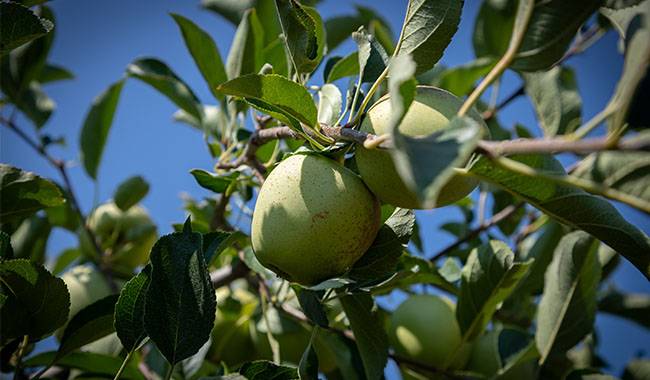
WORKING WITH APPLE TREE ROOT CUTTINGS IN THE SPRING
So, if we do all this in the spring, all the fall procedures can be completely forgotten. Let’s put it this way: those apple tree cuttings that have been dug up, removed from the ground, and checked for mold (nibbling, rotting, etc.).
Some particularly caring gardeners have extracted 4-5% alcohol wipes from plugs stored over the winter. Not forbidden – you can also use 2% manganese, amyl alcohol, but try to avoid buds.
For plugs from overwintered rootstock apple plants extracted from the burial ground, as well as plugs that have just been separated from the mother plant, to avoid excessive drying – it is better to put them in moist linen while we prepare the soil.
The soil is prepared as follows: we dig a spade full of bayonets, add 4-5 kg of well-rotted manure or peat, 500 g of wood ash, and a tablespoon of calcium superphosphate. Next, we whip the soil (like grandmother’s feather bed) and plant the plugs evenly “in the slots”.
The slit is prepared as follows (it is usually convenient to plant in the slit in two parts), for this purpose, one person walks in front and another behind, the person in front uses the blade of the spade to get the soil open, creating a slit, and the person walking behind inserts the plugs of apple tree rootstocks in this slit, compacting them with his foot so that they stand evenly.
It is necessary to insert the blade of the spade not very deep; it takes a lot of depth to plant rootstocks, but here you should try to insert the spade at an angle of about 14-16 degrees so that the cut of the apple tree will stick out of the gap and end up no more than a few inches under the soil, but higher up it is also impossible to put aside and more difficult to cover.
To facilitate subsequent processing of rows, even if you have them, for example, only two, it is necessary that the distance between cuttings is equal to the length of a simple pencil – for those who forget – 5-6inch (13-16 cm), and between rows you can leave and a meter, although, for me, and 30inch (80 cm) is perfectly adequate.
In addition, you can do nothing for the first week, do not over compact the soil, do not water, and let the apple tree cuttings “come to their senses” in the new place.
Of course, if there is no rainfall at all, then after a week you can water the plantation by sprinkling it with water, trying to weaken the root system of the apple trees so that the water column is simply dust. By the way, you can add potassium sulfate to the water, and sometimes it speeds up growth.
Usually, the first visible sprouts and the joy of experiencing success do not come quickly, you have to wait 30-35 days for germination. But it’s worth it. Literally, every root cutting of an apple tree comes to life and sends out two, sometimes three shoots.
These shoots are usually very tender, so a grid should be installed above the plantation to prevent hail and create light, not to allow the soil to dry out, and to carry out regular watering, preferably with a sprayer so as not to wash away the soil.
After watering, mulch is ideal, using humus 0.4inch (1cm) thick) or wood ash, which is a source of potassium and trace elements 0.2inch (0.5cm) thick).
Usually, only one summer is needed and if these trees are rootstocks, they will not grow from the rootstock, which needs to be grafted or grafted, but rather mature apple seedlings that can be planted in a permanent place.
PROPAGATION OF APPLE TREES BY GRAFTING
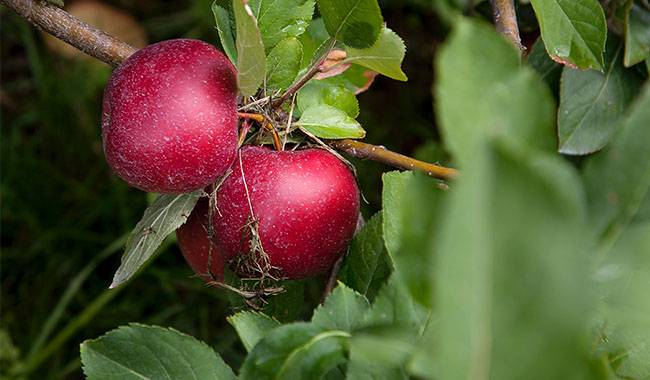
In addition to the methods of propagation of apple trees described above, there is a very interesting method – propagation by grafting, and such a method we will give as many as two – simple and improved.
It is well known that grafts are best propagated by burying. But how to bury them if the apple tree has very high branches?
There are several options: either a bent tree, whose shoots touch the ground, but this variety is of interest to you, or perform excavation, bending the tree so that part of its shoots are in the ground. Of course, the bottom of the excavation should be covered with soil, and the roots that have reached the surface should not be exposed.
When everything is ready, in early spring, all the shoots of the apple tree, most conveniently located on the surface of the soil, are fixed near its surface with wooden pegs, preferably along the entire length, so that the entire length of the shoot lies flat on the ground and does not bulge.
After a few weeks, if there is enough moisture in the soil (i.e. regular watering, but only slightly moistening the soil), the shoots on the apple tree shoots nailed to the ground should appear as vertical shoots, which should be soaked twice during this season.
The first time – in June, to reach 50% of the height, and the second time – in July, to reach 60% of the height. Do not forget about the water supply, the soil must not dry out, otherwise, the shoots will not grow.
The next autumn, usually the trunk is separated with shears, carefully dugout with a pitchfork, and the shoots grown from the apple tree are divided into parts and planted in loose and nutritious soil for further cultivation in another season.
Important: the younger the apple tree is, the more quality shoots it tends to produce, and vice versa.
IMPROVING THE GRAFTING TECHNIQUE OF APPLE TREES
In our opinion, another technique of grafting apple trees is simpler and better. These are the so-called ‘grafting’ techniques, known to a few gardeners, which can also achieve good results.
The essence of this technique is based entirely on the ability of the apple tree to form a root system and sometimes a very strong root system from the most common bark tissue, if, of course, this very common bark tissue is damaged.
Stage 1: Early in the spring, before the sap starts to flow, we have to check very well the apple trees we want to propagate by this method and choose two or three branches with the greatest annual growth.
Step 2: Where we need to form the roots of the apple tree (usually about 4inch (10cm) from the top), you need to carefully cut a ring of bark about 1inch (3cm) wide with a sharp gardening knife. If tree ring measurement is not your strong point, you can make not deep (about a millimeter) diagonal cuts around the radius of the branch.
What can you get out of it? Unlike ringing, we do not inhibit the flow of nutrients to the rooting part of the shoot.
Stage 3: To make the roots of the apple tree start to grow, it is necessary to treat the injured areas with any growth stimulant (we have carried out their list several times, from the new one we can name nalidixic acid).
Phase 4: It is important to make the areas where the rings were made or where we made the cuts moderately, but completely moist, so (preferably) you can wrap them in peat moss or cloth to keep them moist for a long time and wet them with a sprayer while hiding them from the sun.
Of course, the easiest thing is to wrap this area with plain polyethylene film when it is wet and secure it with both ends so it won’t fall off.
The last step is the fifth one, which is usually carried out in autumn: you carefully open the branch of the apple tree and see the roots on it, you need to put this branch in the soil, fill it with soil by spring, and plant it in the nursery bed in spring, here you have a ready sapling.
You can take a number of different approaches – as a container for forming the root system, you can use ordinary plastic bottles with a capacity of 0.33 or 0.5 liters.
First, you should cut off the mouth and bottom of the bottle, then cut it lengthwise, hang our cut bottle in the position of our prepared shoot, fill it with a mixture of equal amounts of leaf soil and vermiculite, water it, and secure it with tape.
The advantage of this method, less trauma to the roots during transplanting and they develop much better in the cut part of the bottle than under moss or wet cloth. Then everything is as before.
We look forward to your comments and criticism in the comments. We welcome all of them and we love you.




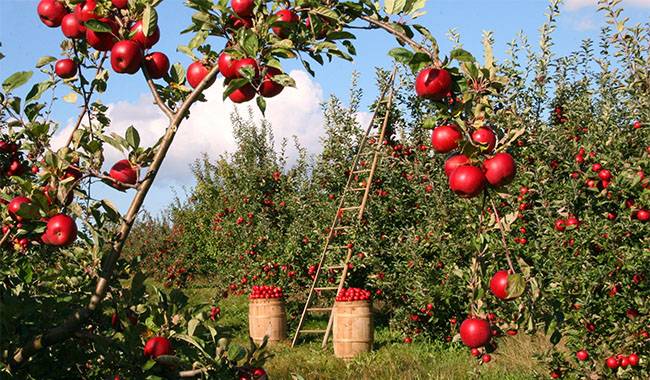
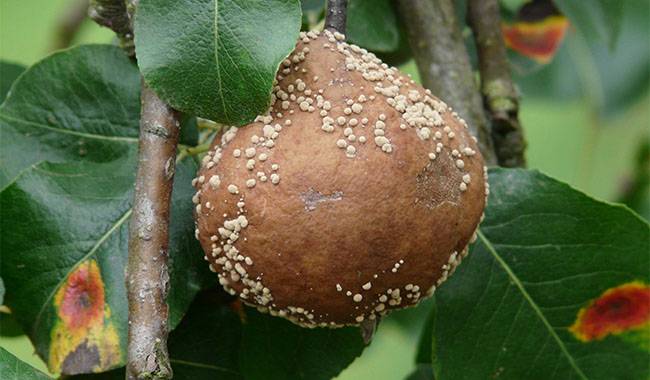
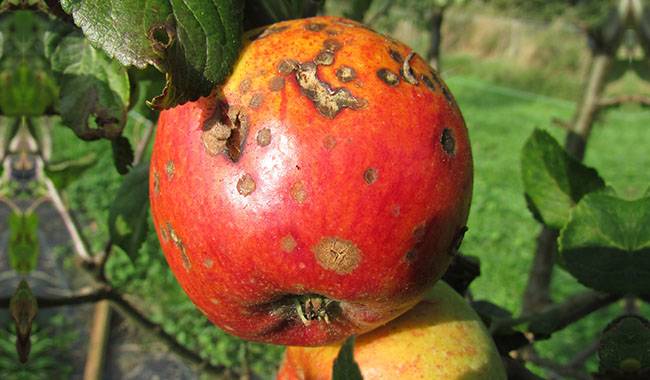
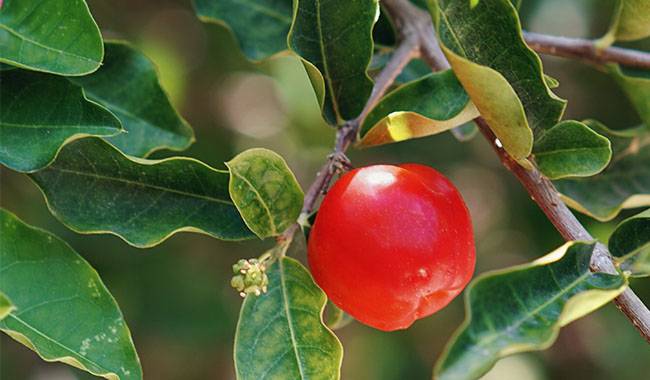
I interested in apple growing i wish one day to plant appes atleast one arcle for local commercial . like what you publish on your website so helpful to any who want to engage in apple growing